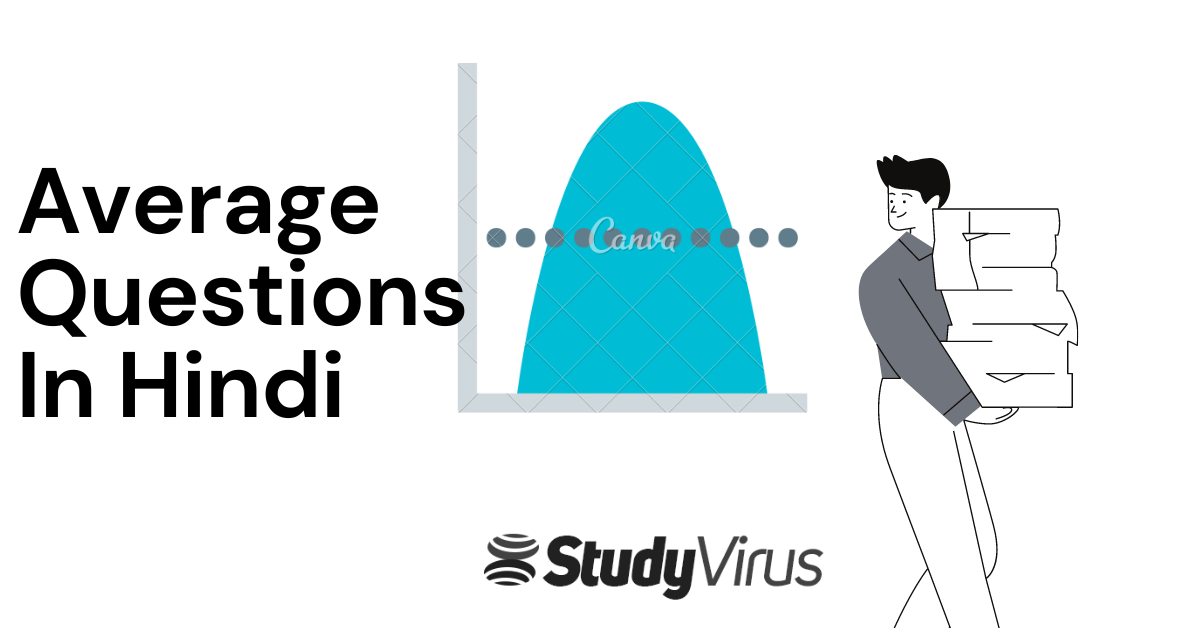Top 25 Previous year Percentage Questions for SSC [100% Free ]
Percentage questions are everywhere when it comes to competitive exams, like the SSC. But why? Well, if you’re thinking of taking exams like SSC, you’ll see many percentage problems. And it’s important to understand them. They are like a test. They check how good you are with numbers and thinking logically. This is because these … Read more










